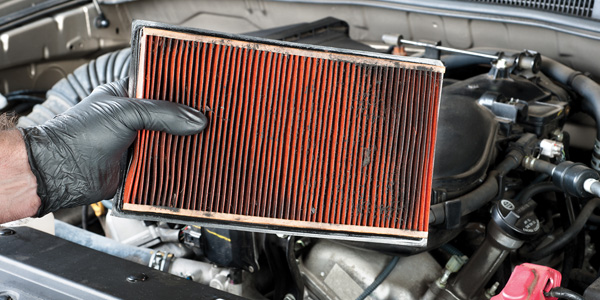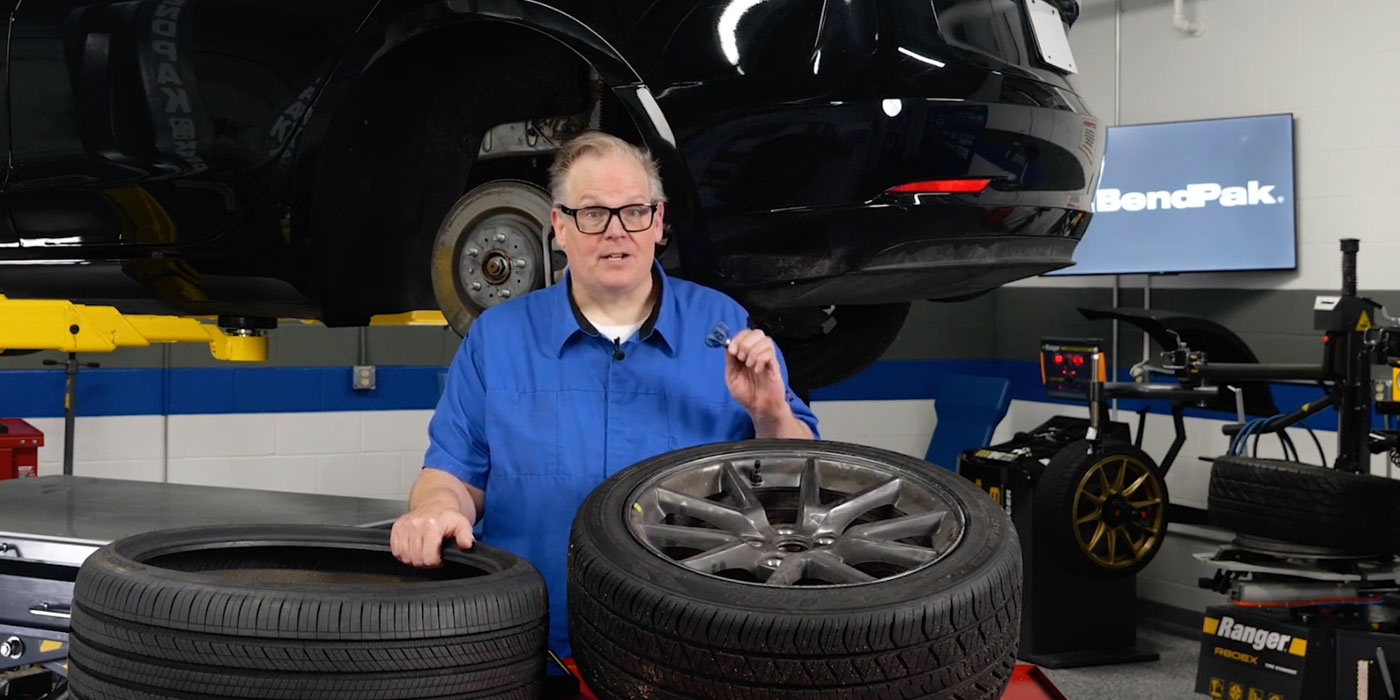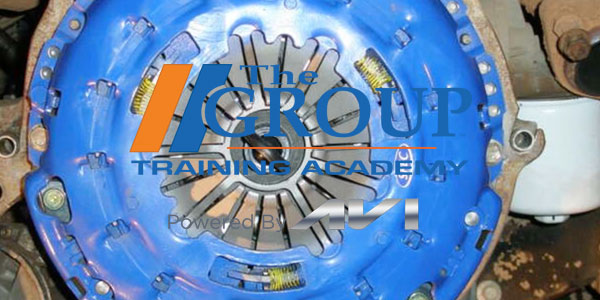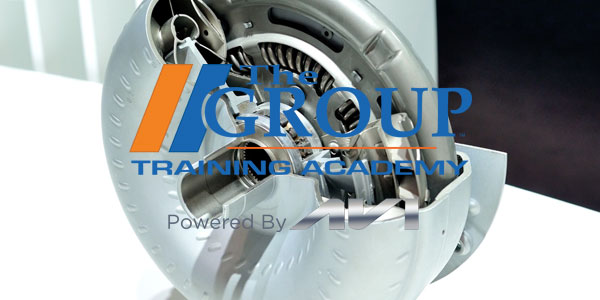This video is sponsored by MAHLE.
An engine pulls in more than 10,000 gallons of air for every gallon of fuel that’s burned. That air contains dust, soot and other abrasive particles that can damage the engine. A high-quality, premium air filter can stop up to 99.9 percent of those particles from getting into the engine and causing problems.
As the filter becomes saturated with dirt, its efficiency actually increases. However, over time, a clogged air filter restricts airflow and hurts engine performance and fuel economy. That’s why air filters need to be replaced regularly based on the miles driven and the filter’s condition.
So, how often is that? Well, the recommended replacement interval for engine air filters can be as long as 60,000 miles or more, while some vehicle manufacturers recommend inspection and replacement every 25,000 to 30,000 miles.
But, these recommended replacement intervals are just a guide. When it comes to replacing air filters, the environment in which the vehicle is driven is more important than time or mileage. The dirtier the environment, the more often the air filter should be replaced. In rural areas, that could mean replacing the air filter every 12 months, or even more frequently than that.
The best way to tell if an air filter is dirty and needs to be replaced is the old-fashioned way – just look at it. Usually a good time to do that is when the oil is being changed, although the air filter might need to be inspected more frequently if the vehicle is being driven in a dirty, dusty environment.














